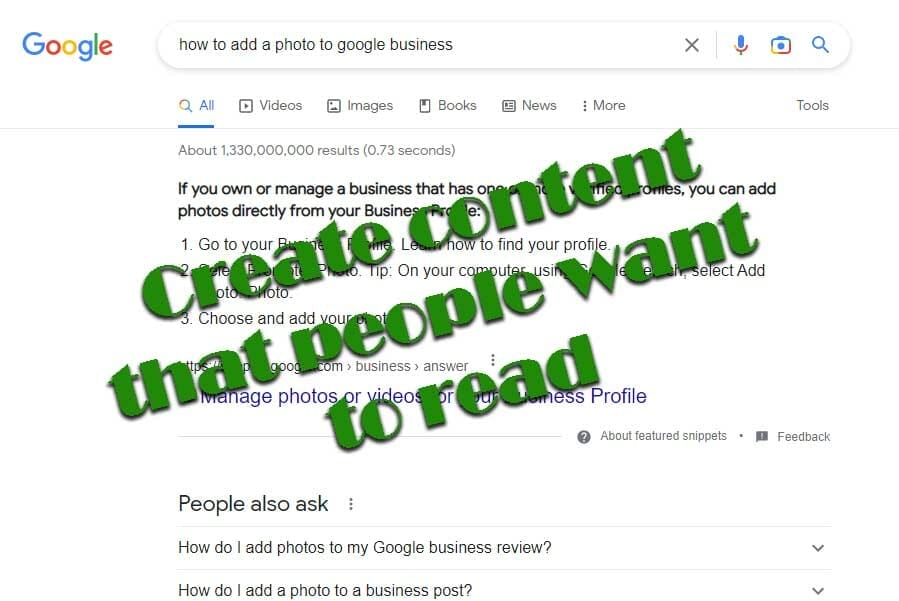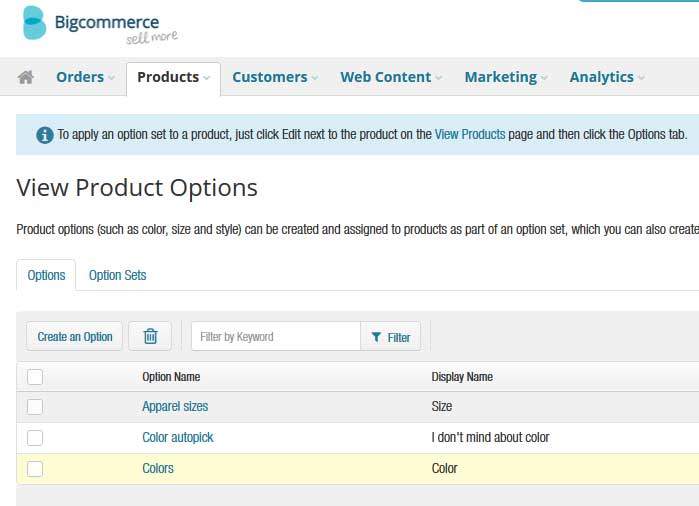WordPress Theme Framework Explained
The term “Framework” refers to a software platform that is reusable and created for the development of products, solutions and applications. Framework software will consist of an Application Programming Interface, tool sets, code libraries, compilers, and support programs. The purpose of a Framework is to make the process of developing a solution or project simpler and faster. Developers can spend less time on the details of debugging and coding and more time on necessary software requirements.
A good Framework will optimize operation of the applications, decrease the time needed for project performance requirements, and reduce the time involved in implementing a security resolution. A Framework should also minimize risks and lower the cost with a faster time-to-market. As a WordPress theme, a Framework may be used immediately out of the package, or expanded to include child themes.
Child Theme Explained
A Child Theme extends the Framework to include distinctive theme components. Some Frameworks incorporate a style sheet, an images folder, a functions file, theme files, and a screenshot. These components are put together in a child theme folder. From this folder the child theme can be used as any other WordPress theme in relation to the parent theme. For further understanding, the following is a list of elements incorporated into the parent theme:
- Style Sheet – the style.css file in the child theme folder has a specific stylesheet of its’ own. No modifications or customizations are needed for the child theme
- Images Folder – navbar gradients, icons, and background images
- Functions File – control of child theme output functions
- Theme Files – child themes override the parent themes
- Screenshot – child themes have folders with screenshots similar to a standard theme that can be activated to replace the standard theme
Framework Themes and Child Themes Work Together
A child theme is related to the parent theme and inherits the behavior of the parent. WordPress allows modification and additions to the parent theme. A basic child theme can modify the layout and styling of a parent theme without changing the parent theme files. Using a child theme is recommended for modifications to a theme, while maintaining the basic parent theme files. The style.css file is the only requirement in making a child theme file, however the child theme may also incorporate additional files.
Theme Framework Benefits Compared to Traditional Themes
Theme Frameworks are considered the best way to develop a theme using WordPress. Unless you have created your own Framework theme, you will need to choose from Frameworks created by other developers. Consider the options; some charge a fee, others are free, and they are all offered at different levels of support and difficulty to use.
Theme Frameworks
WordPress theme Frameworks make the process for creating new themes more efficient, and usually offer Javascript files, PHP and CSS files that will help to create many projects. Select from two choices of WordPress the Frameworks:
- Options-based Frameworks allow the developer and end-user to modify the operation and appearance of the Framework without changing the code.
- Starter theme Frameworks are themes with template files that are intended to be foundations of themes. These will probably not offer many options.
Traditional Themes
In a traditional theme, the developer copies key elements into new files, such as an index.php, a page.php, or a single.php. Traditional software development is limited and not very adaptable. Internet businesses in these busy times are looking to Framework development to simplify and shorten the process by providing a way to change or modify configuration files without changing the applications’ basic code.
Top Five WordPress Theme Frameworks
Theme Frameworks are a collection of tools intended to make theme development uncomplicated. WordPress theme Frameworks provide structure for a theme to build on. Template files, layouts and functions are provided by the theme Frameworks and the designer or developer inserts the specific styling needed for theme development.
The following table compares five of the most popular theme Frameworks available for theme development. Each of these provides the basic structure needed to develop a theme. Comparisons are based on child theme use, download links and documents, as well as other available resources for developing a theme.
|
Genesis
|
Carrington JAM
|
Catalyst Theme
|
Thesis
|
Thematic
|
|
No subscription required
|
No subscription required
|
No subscription required
|
No subscription required
|
No subscription required
|
|
$59 to $249 (for all themes)
|
Free
|
$97 to $174
|
Free
|
$87 to $164
|
|
Extremely powerful
|
Flexible and powerful
|
Solid basic Framework
|
Flexible and versatile
|
Great for theme development
|
|
Popular Framework
|
Basic Theme Skeleton
|
Blank Canvas Theme
|
Popular Framework
|
Open source theme
|
|
Large list of features
|
Excellent for theme organization
|
Extensive control panel
|
Easy to modify, helpful resources
|
Starting point for simple customization
|
|
Many easy-to-use child themes
|
Recent use of child themes
|
Child theme creator and support
|
Easy-to-create child themes
|
Sample child theme included
|
|
Easy to use for non-developers
|
Intended for developers and designers
|
Intended for developers and designers
|
Used by developers and non-developers
|
Designed for developers, but easily used by beginners
|
Further comparisons and descriptions
Keeping in mind the five Framework themes compared above, the following may also be considered when selecting the best Framework for project success.
Genesis Framework Features
- Developer Tutorials included
- Extensive theme options panel
- Custom layout options
- 6 page layouts
- Extra Genesis plugins included for free
- Point and click design controls
- Fully Search Engine Optimized
Carrington JAM Framework Features
- Theme abstraction and organization
- Flexible and effective Carrington template system
- Optional AJAX loading of comments and posts in archive lists
- Excellent tool for a WordPress theme professional
Catalyst Framework Features
- Custom CSS Builder
- Extensive options panel
- Automatic Updates
- Complete Font Control
- Fully Search Engine Optimized
Thesis Framework Features
- Considered one of the most flexible WordPress themes available
- Design and layout options included
- Custom header images
- Developed with Search Engine Optimization in mind
Thematic Framework Features
- Open source theme
- Multiple layouts for column designs
- 13 widgetized areas
- Editable footer text
- Fully Search Engine Optimized
Conclusion
These five Frameworks are several of the most popular Framework themes on the market, mostly because they are among the easiest to use. There are however, many framework options available. Some Frameworks are free and other ones are purchased for a fee. Rates may vary depending on usage. A lower fee is applied to an individual for personal use. A developer using the Framework in a professional role is generally charged a higher fee. It may be noted that any of these Framework options have a use for varying projects, but it is not likely to find one that is suited to every type of project.
Getting a closer look will show that some Frameworks offer numerous gadgets and tools through massive code bases, while other Frameworks offer much less flexibility. Some are easier for the beginner, but in other Frameworks, the beginner may need to hire a professional developer for assistance. Choosing the best Framework for a specific project is based considerably on the nature of the project and end-results desired.










